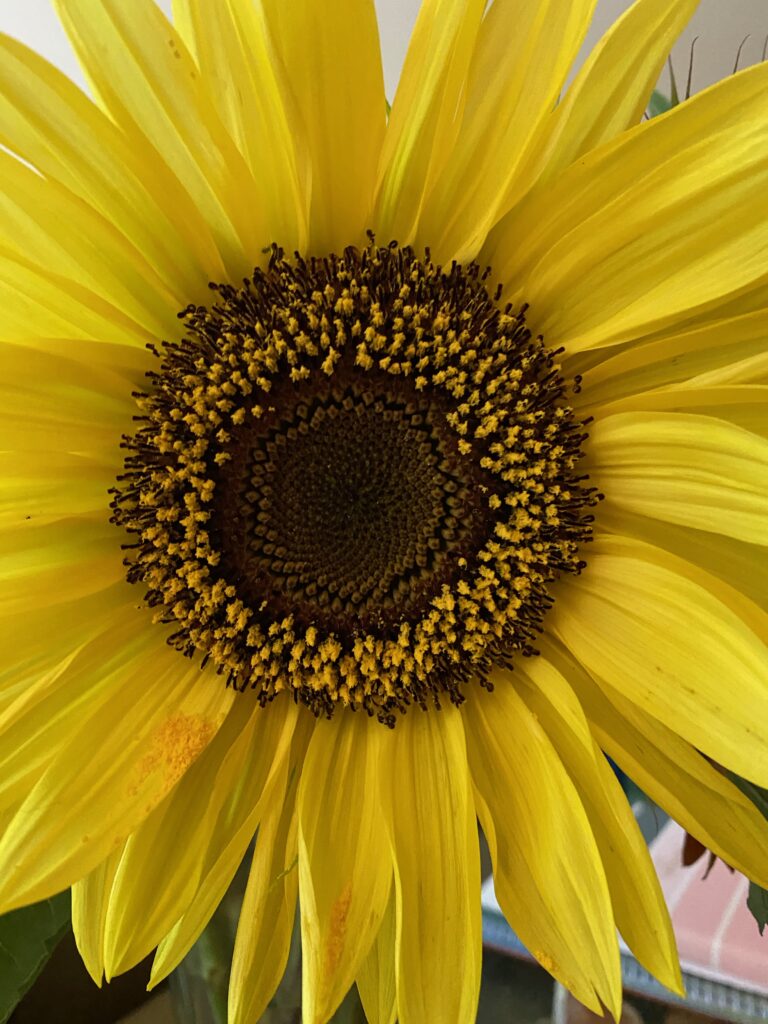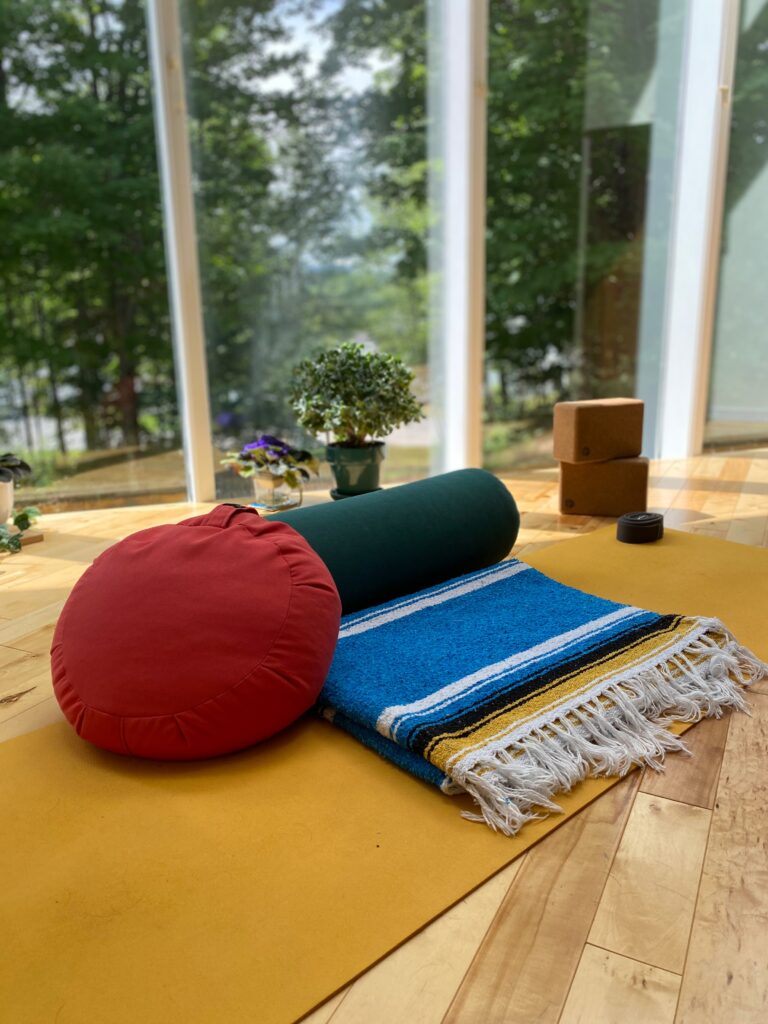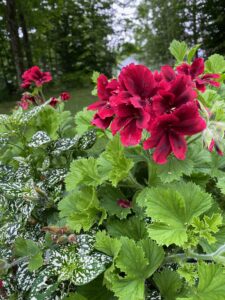 Late Summer-Early Autumn may be a season of it’s own. Lacking definitive start and end-dates, it’s a season that confuses itself. One day may mandate shorts and sleeveless tees and the next day it’s on with the fleece and maybe even gloves. As the daylight shortens, a sense of loss teases sadness, but just as quickly turns to anticipation of some of the best outdoors adventures of the year.
Late Summer-Early Autumn may be a season of it’s own. Lacking definitive start and end-dates, it’s a season that confuses itself. One day may mandate shorts and sleeveless tees and the next day it’s on with the fleece and maybe even gloves. As the daylight shortens, a sense of loss teases sadness, but just as quickly turns to anticipation of some of the best outdoors adventures of the year.
As past field editor of the Rutland Herald and Times Argus “Active Vermont” Sunday page, I often dedicated a Labor Day issue to the changes brought by return to school, K-post graduate. (Now THAT has traditionally triggered unique emotions as parents hand-hold little ones to their first day of school or reluctantly drive away from having deposited their big kids in their college dorms. Ouch. I for one hated those and often shed tears. Yeah, I know ….)
Needless to say, 2020 is different. Here in Vermont, not only is the season confused, so are we all and questions hang thickly around us as to what the school year will look like: in school or online or a hybrid? School sports are a go? What? How in the heck are kids supposed to qualify their mile run or fight for possession of a soccer ball all the time wearing a tightly fitted face mask? And why are they even having fall sports if we all agree that face masks are helpful? (well, most of us anyway) And oh lordy, please don’t anyone test positive. Dorms are occupied? But I digress.
As I reread some of my previous Active Vermont pieces, a common thread also connected with today. Whatever our age or association with the scholastic life, it’s quite possible that we continue to be influenced by an academic calendar. September means saying goodbye to a relaxed summer attitude and hello to the take-a-deep-breath and get-yourself-organized sass of a new school year a/k/a that which we must begin, complete, or otherwise dedicate our talents and energies.
In the good ole days, last year for example, athletes might be seriously training for, and anticipating, snow sports. Again, the mountains here are confused as to exactly how the snow will be utilized this season. Perhaps it is safe to say that since last March, every recreational or competitive sport or activity has been reimagined. And as I write this and you read it, it’s quite likely that some serious adaptation will continue past this confused and confusing season all the way to what – the end of the year?
But it’s not all bad. Just as those of us who have been blessedly unscathed by illness during the time of Covid have found unexpected pleasure in newfound gentler ways of living; and just as those of us who have been unfortunately impacted by the financial blows of Covid but are still afloat have found unexpected pleasure in simplicity, so, too, it is perfectly possible that we are finding new forms of connection, exercise, and pathways to fitness and well-being. (Phew, that was a long sentence but you do understand, don’t you?)
So, perhaps, at this time of year that doesn’t quite know if it’s still summer or if hints of cold are real or imagined, perhaps we, as passengers on this rerouted train might find novel ways to reimagine the sights and reconfigure our response to what is happening all around us. (Note, more than the Coronavirus can be novel!) As we turn the corner into mid-late autumn, stick season lies ahead. Until then we can carry on with a restructured lifestyle, reaching out safely to those in our network and embracing our personal and professional communities as we become more and more adept at distancing, masking, Zooming and loving. Living creatively has never been more in vogue.


 There is no question that this business is forever changed. Numbers tell the story. First there was the initial reluctance assuming that things would return to normal in a few days or weeks. Then there was surprised enthusiasm for streamed classes in which participants could actually visit with each other prior to and after the class. Noting the value of this, many who started on Facebook made the move to Zoom. For awhile, it took off. And then the numbers began to decline. Students no longer prioritized their class times and somehow just didn’t get around to opening the link to the recorded session. The HABIT, and yes, jumping on a Zoom call for a Yoga class became a new habit, was weakened if not broken and Zoom Fatigue became a reality.
There is no question that this business is forever changed. Numbers tell the story. First there was the initial reluctance assuming that things would return to normal in a few days or weeks. Then there was surprised enthusiasm for streamed classes in which participants could actually visit with each other prior to and after the class. Noting the value of this, many who started on Facebook made the move to Zoom. For awhile, it took off. And then the numbers began to decline. Students no longer prioritized their class times and somehow just didn’t get around to opening the link to the recorded session. The HABIT, and yes, jumping on a Zoom call for a Yoga class became a new habit, was weakened if not broken and Zoom Fatigue became a reality.
 Thich Nhat Hanh said: “If you want a garden, you have to bend down and touch the soil. Gardening is a practice, not an idea.” Well, there you have it.
Thich Nhat Hanh said: “If you want a garden, you have to bend down and touch the soil. Gardening is a practice, not an idea.” Well, there you have it.